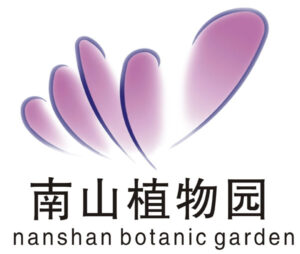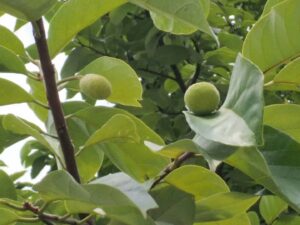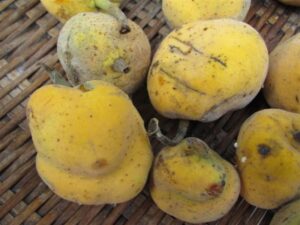- Species
- Artocarpus nanchuanensis
Artocarpus nanchuanensis

Where is this tree found?
Artocarpus nanchuanensis, commonly known as ‘bayberry’ or ‘Chinese watermelon tree’, is a large tree listed as Critically Endangered. Remaining wild populations are generally scattered in hilly regions (300-900m above sea level) and are distributed throughout Nanchuan District, Chongqing City, Qijiang District (including Dongxi and Fuhuan), Nanquan and Banan District.
This tree is resistant to poor soils but excels in deep, well drained acid soils, and while it is a sun lover the seedlings are moderately shade tolerant. The remaining populations of this species are very fragmented. A recent survey reported only six locations with relatively concentrated populations – the most densely populated consisting of only 20 individuals.
Why save this tree?
This is the representative species of the Artocarpus genus, being distributed throughout northern China and the only tropical species distributed at the subtropical zone in the southwest region, giving it high academic value.
Several factors put this species at risk of disappearing forever, chiefly among these is that the remaining population is very small and fragmented, making natural regeneration difficult. This is exacerbated by the fact that seed dormancy in this species in the wild is relatively long, giving plenty of opportunities for seeds to die or be destroyed before they germinate. In addition to this, there is heavy human activity in the areas where this tree is still found resulting in habitat disturbance, further hindering natural regeneration.
This species gained a lot of attention when it was first discovered. Artificial breeding and conservation actions achieved higher than natural seed survival rates, however, the small number of wild plants to gather propagation material from and the slow rate of growth meant that this project gained limited success.
How to save this species
For the survival of this species it is first important that extensive survey work is carried out to determine the extent of the remaining population and to discover any previously unidentified populations. Following this, sites must be identified that are suitable for the propagation and reintroduction phases of this project, ensuring good success rates. In order to carry out this work more than 20 propagation and reintroduction technicians will be expertly trained to carry out the vital task of raising more than 1000 saplings of this tree.
Once mature enough, these saplings will be incorporated into in situ and ex situ conservation programmes in order to boost wild populations and aid natural regeneration and to offer an insurance policy against its extinction in the wild. In order to raise awareness and educate, this project will aim to popularize the protection of this Critically Endangered tree and of environmental concepts in general among the relevant institutions and the general public.
A systematic, cost-effective, and rational approach
- Field surveys
- Habitat investigation
- Training
- Propagation
- In situ and ex situ plantings
- Education and public outreach
Partners for Artocarpus nanchuanensis

Sponsors for Artocarpus nanchuanensis








